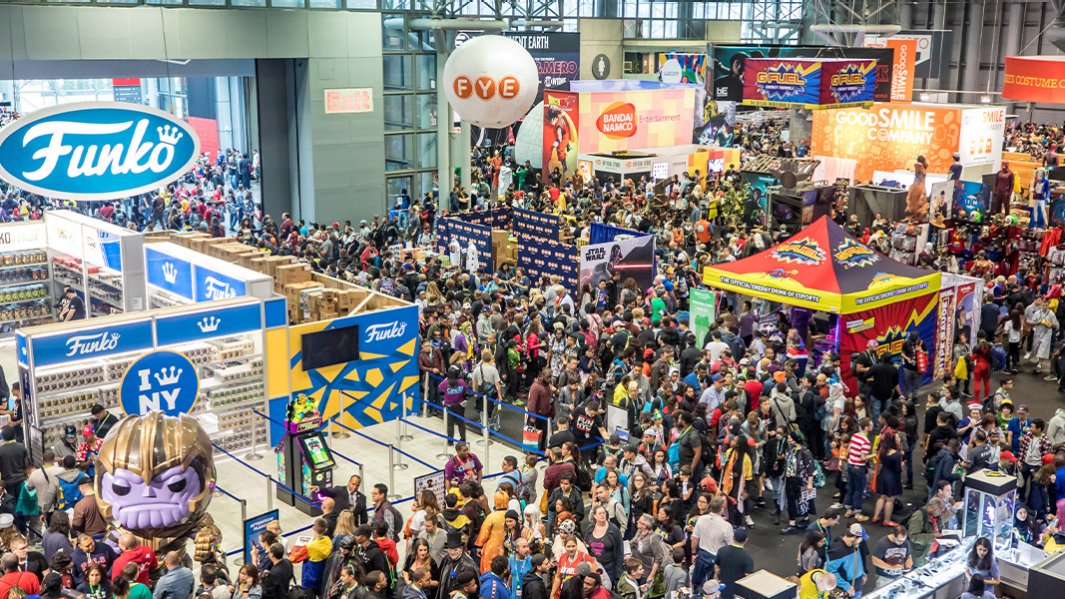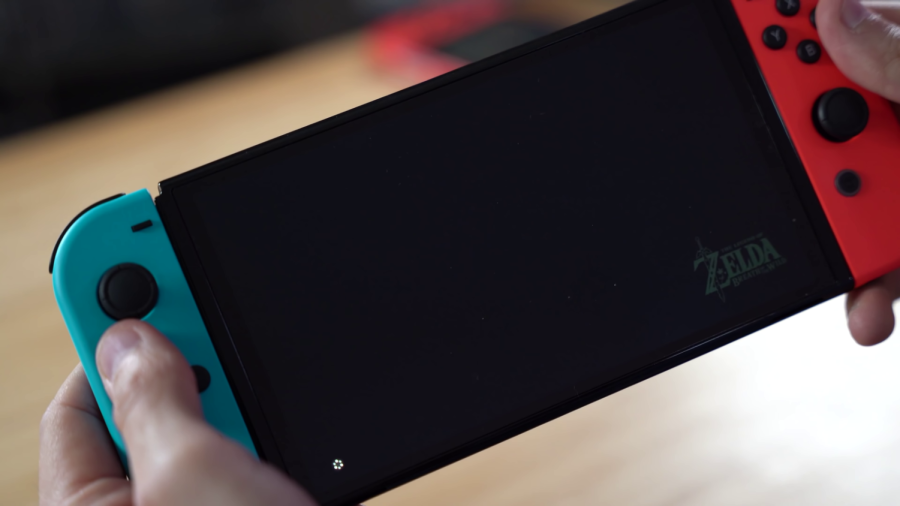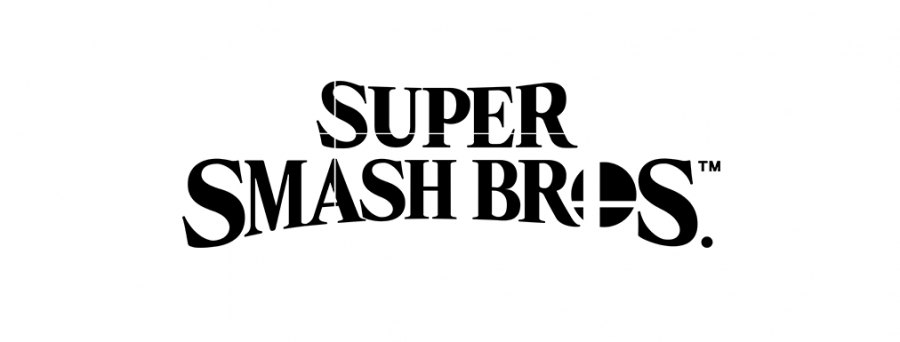Watching Dead Rising’s Frank West throw a Servbot head onto Spider-Man, then slam him into the ground moments later is a moment of unquestionable glee. It’s the type of scenario seen often within Ultimate Marvel vs. Capcom 3, the follow up to the original, released in February this year.

Originally planned to be downloadable content, Capcom said the recent Japan earthquake set back production, and gave way to an entirely new disk with new content. Whether or not this is the “ultimate” edition is to be determined, especially when considering Capcom’s history of releasing multiple versions of one game. And whether or not a player will enjoy this game depends on what they expect from it, and what they are willing to put into it.
For those who don’t know of the original, Marvel Vs. Capcom 3 is a crossover fighting game in which players choose teams of three of characters from Marvel Comics and Capcom video games. The objective is to defeat the other team of three using whatever tools you have in your arsenal, be it swords, fists or inter-dimensional vortexes. Players can call their allies to perform assist attacks, or switch out fighters with tagging, hyper combos, team aerial combos or crossover counters. The original was well-received for its easy access for beginners, but intricate for advanced players, game play. Many gamers and critics cited the lack of modes as a shortcoming of the game.
The question of whether or not this update is a good investment will vary wildly, as it’s somewhat of a yes and a no. After all, it has only been nine months since the original’s release, which is sure to upset some people.
New to the game is the addition of 12 fighters, most of whom bring something different to the table. Notable standouts include the previously mentioned Frank West, who levels up in battle by taking pictures of combos, which gives him improved weapons and moves. Phoenix Wright as a character introduces a new concept as well, as he must search for evidence in battle and wait until he finds three pieces of strong evidence so he may enter turnabout mode. This can really turn the tables on the opponent. Rocket Raccoon, who was poorly received when announced, proves his worth. His small stature makes his hit box much more difficult in which to connect with and his traps and guns make the entire battlefield a test in navigation.
Ghost Rider’s style is keep-away, as the majority of his moves are intended to keep the opponent at a distance. The same goes for Hawkeye, who’s all about zoning with his bow and affecting foes with different element-imbued arrows.
Firebrand keeps foes on edge, as his aerial moves allow for more versatility. Doctor Strange’s main focus is on projectiles, but he can hold his own in close-combat too. Nemesis is slow, but is excellent with knock-back. Vergil is extremely technical and is capable of performing some great chains. Strider, the only returning character of the newcomers from MvC2, takes practice in order to get a grip on his move set.
However, both Nova and Iron Fist have relatively boring concepts – at least compared to the most of the cast. Iron Fist is all about punching, and Nova can unleash some radius attacks. There are those who bore within the main cast as well, and considering the time Capcom had to prepare, it would have been nice to see some more unique gameplay that goes beyond punching and kicking.
Among the other additions include eight new stages, new music, spectator mode for online matches – which is something that the previous game suffered for not having – and some refined gameplay. Characters have either been buffed or nerfed based on feedback from the player community, and the overall fighting package seems much more solid.
However, it’s still plagued by the serious lack of variety. The only additional mode so far is Galactus Mode, where players can play as the final boss. However, the developers didn’t even bother to include a command list. The experience is a frantic endeavor to push buttons and hope it works. It loses its charm halfway through the mode. It seems like an afterthought, if anything.
Heroes Vs. Heralds mode, which is a mode where players can collect cards that grant specific abilities to turn the tides in combat, isn’t even available and will be released online at some point down the road. It’s a shame, because Capcom promised the mode would really add some much-needed variety.
Capcom also promised the inclusion of more modes, but failed to mention until close to the release that they wouldn’t be on the disk. It doesn’t help that more modes only means two at this point, and the only available one is utterly useless. A mode is planned as DLC for purchase that allows people to have unlimited hyper combos. That already exists. It’s called practice mode and it’s another attempt to draw money out of the player. Regardless of price or release dates though, these modes are solely for those who have Internet.
On the other hand, online play is one of the primary reasons for picking this game up, especially for those in the competitive scene. However, if a player doesn’t pour hours of training into one specific team, they’ll find themselves being destroyed online. Get used to seeing the same exact teams online and everyone using the same move and combo. Until a player learns every character on their specific team by heart and knows how to counter anything and everything that can be thrown, online play will only be a practice in patience and not losing composure. UMVC3 is a very unbalanced game, but the point is to find the best team out of the unbalanced characters. Some teams can take away a good chunk of health with one combo. Others can kill one character without said person getting one hit in or a chance to rest. It’s all about experimentation and finding out what works.
It should be noted that the game is not user-friendly at all. If one doesn’t read the manual or watch tutorials online, they’ll be horribly lost as there is no tutorial mode. There is a simple mode that allows players to chain together attacks by barely pushing any buttons, but it severely limits the moves available. It comes down to hours in practice mode, messing around until the core mechanics of the game are understood.
But one of the biggest faults lies is the absence of a story mode once again. It was missing in the original and was desperately needed. This is especially true when other fighting games, such as the most noteworthy Mortal Kombat, have recently set the bar for a story in a fighting game. Players will unlock two frames of animation with some text when they beat arcade mode. Only the dedicated will care about unlocking all 50 of them.
At $40, this game should be approached with caution. If you’re one of the people who couldn’t stand the original for a lack of content, this version is not going to win you over this time. For those who never got into the first but were interested, it’s the perfect casual game for those looking to fool around and fight with some friends. The frantic and flashy battles are wildly entertaining, especially when you learn how to play well. Those on the competitive scene have most likely already picked up this game already. But for everyone else, it’s still a very bare-bones presentation that should be taken with caution.
Final verdict: 8/10
Tim Jones can be reached at [email protected] and followed on Twitter @TimJones90.











